
As a pre-service teacher in a condensed post-degree program, the learning curve is almost vertical. We have so much new information in our heads, that at times the idea of learning one more skill can feel overwhelming. As a final project in our EdTech course, we were tasked with creating an EdTech resource to share with out cohort. I had to pleasure of creating this project with my friend and colleague Jackie Turner, and together we decided to take a look at FreshGrade.
FreshGrade is a commonly used digitally based assessment program that creates a central space for teachers, students, and parents to access and contribute to student learning. For the purpose of our inquiry, we decided to dive into the use of FreshGrade as an organizational tool for teachers, and to walk through the various features of the program that allow a teacher to create a class, link calendars to lesson plans, and create digital portfolios to demonstrate student learning.
After spending some time learning the ins and outs of the program, I can understand and appreciate its popularity especially during Covid when classrooms could turn to remote learning with only 24hrs notice. I feel much more confident navigating the program and am grateful to have that familiarity under my belt as we get ready to head out on our first practicum.
Check out our presentation here, and don’t hesitate to contact us if you have any questions or would like to learn more about FreshGrade.
Photo by JESHOOTS.COM on Unsplash
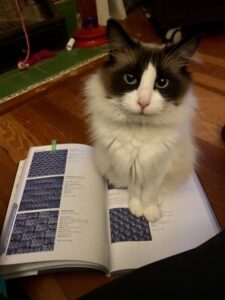
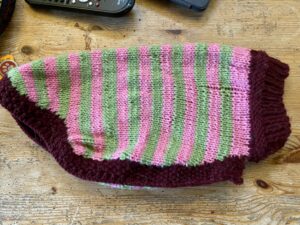
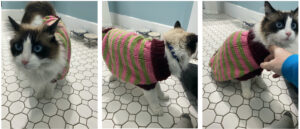
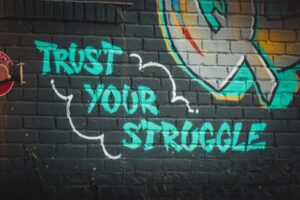

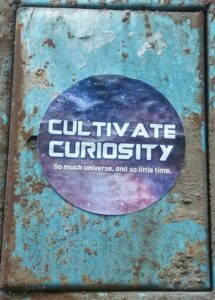 The past few lectures we have had the pleasure of learning from 2 inspiring educators both currently teaching in Victoria. Jeff Hopkins is the principal of the
The past few lectures we have had the pleasure of learning from 2 inspiring educators both currently teaching in Victoria. Jeff Hopkins is the principal of the 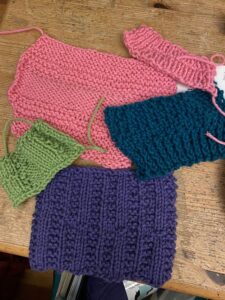 I easily moved through the first few patterns such as stockinette, ribbing, and garter stitch, but then things started to go a bit sideways. As far as I was concerned, I was following the stitch pattern, but here is the thing I have learned about knitting, your knitting instantly tells you when things aren’t quite right! Learning how to read knitting patterns is like learning a whole new language. EVERYTHING is abbreviated, and if you don’t know what those abbreviations mean, you might as well not even pick up your needles. Here is a little teaser from a chevron eyelet stitch, Row 3 *K2, k2tog, yo, k1, yo, SKP, k2; rep from * to end, what does that even mean?? I tried phoning my mom, but she didn’t answer, so off to
I easily moved through the first few patterns such as stockinette, ribbing, and garter stitch, but then things started to go a bit sideways. As far as I was concerned, I was following the stitch pattern, but here is the thing I have learned about knitting, your knitting instantly tells you when things aren’t quite right! Learning how to read knitting patterns is like learning a whole new language. EVERYTHING is abbreviated, and if you don’t know what those abbreviations mean, you might as well not even pick up your needles. Here is a little teaser from a chevron eyelet stitch, Row 3 *K2, k2tog, yo, k1, yo, SKP, k2; rep from * to end, what does that even mean?? I tried phoning my mom, but she didn’t answer, so off to 
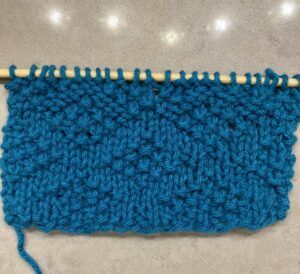
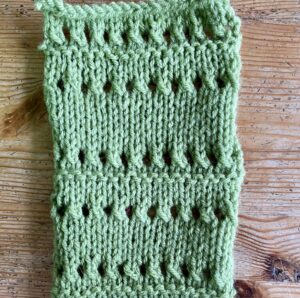

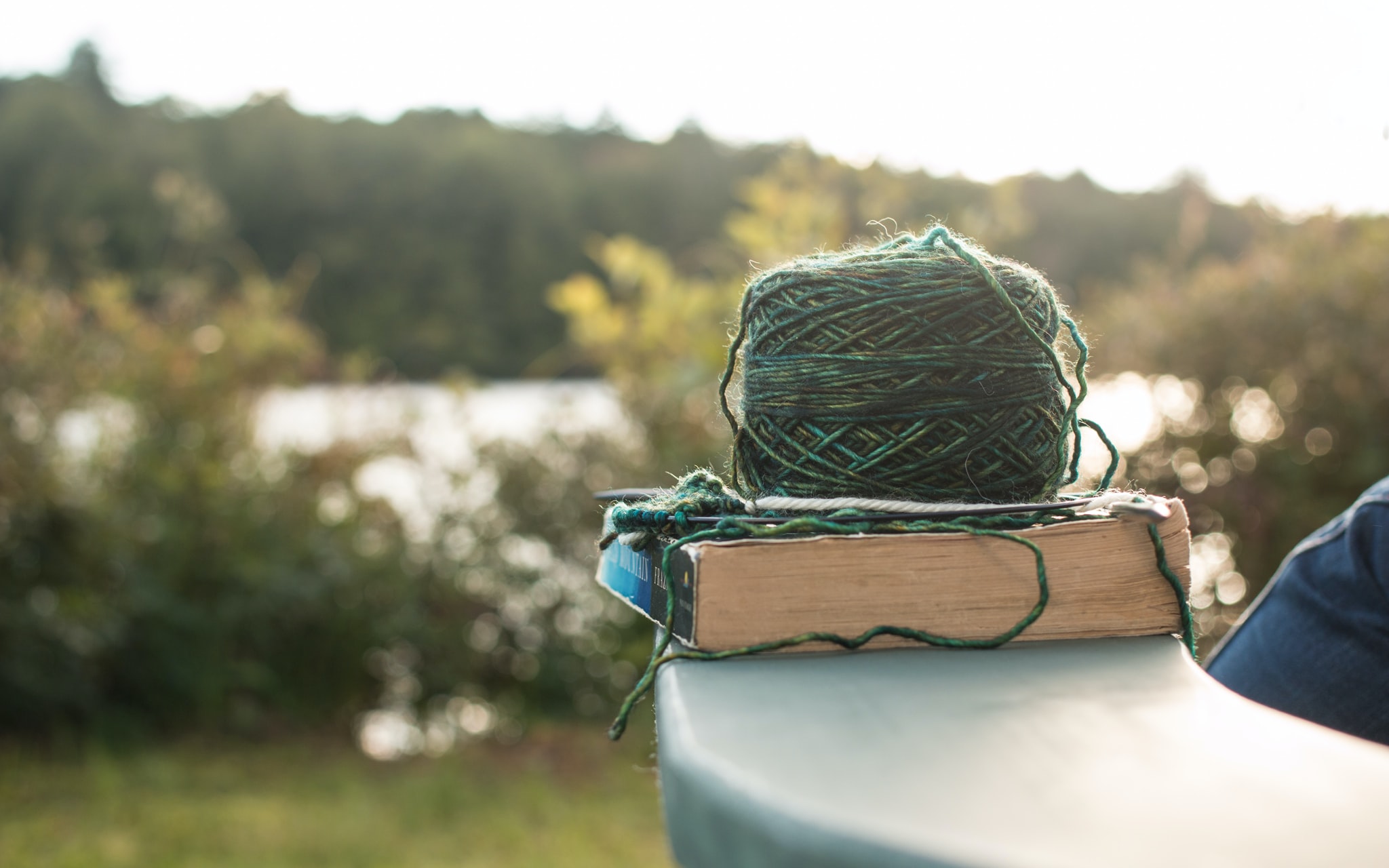
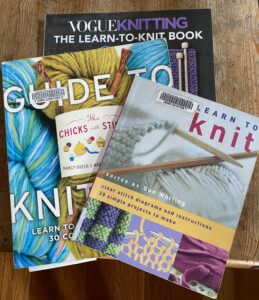 Just to keep you on your toes, knitting needles can have a metric size, a US size, and a UK size, and of course they also come in different lengths, shapes, and can be made out of different materials. After practicing with the long skinny ones I already had (turns out they are 4mm), I went with my mom’s recommendation and picked up a pair of 8mm bamboo needles. I went with bamboo as I felt it was the most ethically sound choice, and I love the feel of them.
Just to keep you on your toes, knitting needles can have a metric size, a US size, and a UK size, and of course they also come in different lengths, shapes, and can be made out of different materials. After practicing with the long skinny ones I already had (turns out they are 4mm), I went with my mom’s recommendation and picked up a pair of 8mm bamboo needles. I went with bamboo as I felt it was the most ethically sound choice, and I love the feel of them.